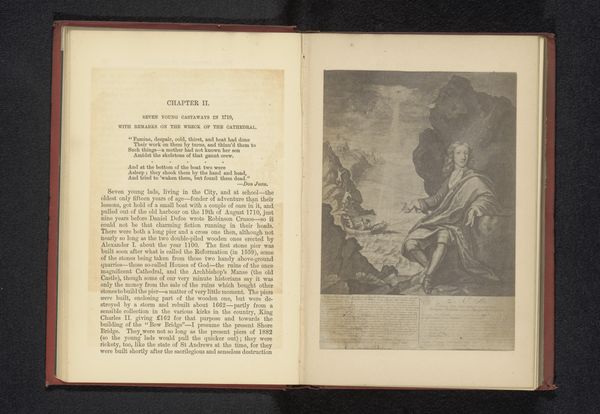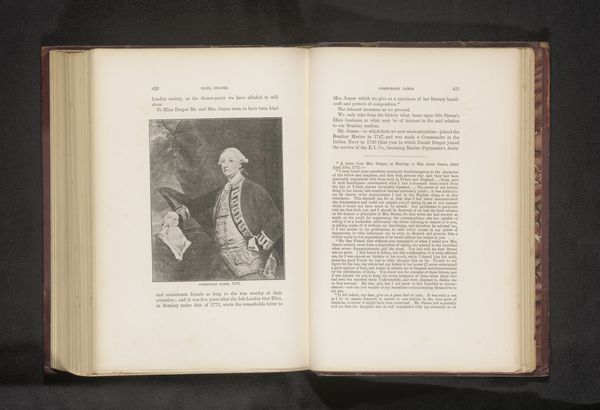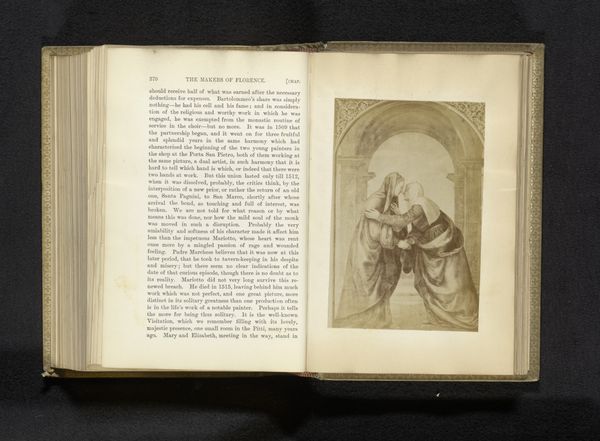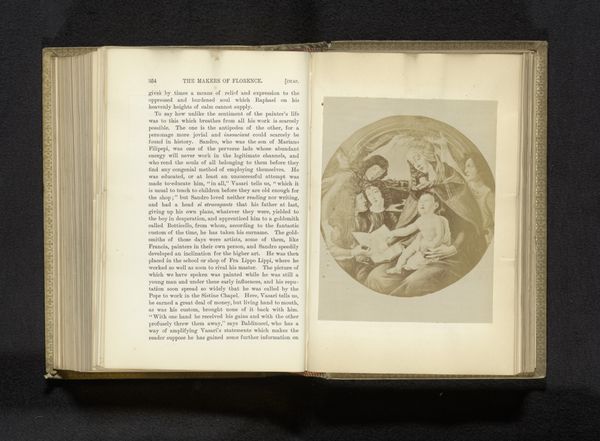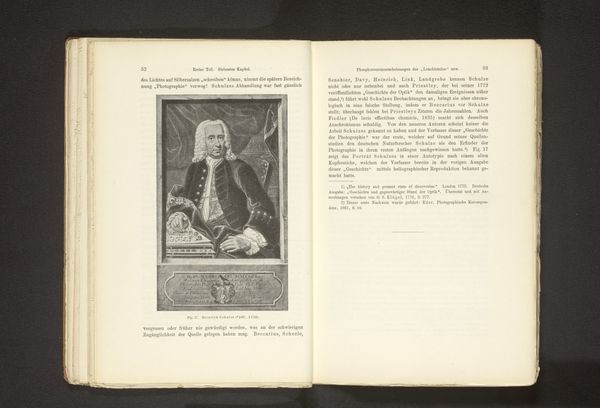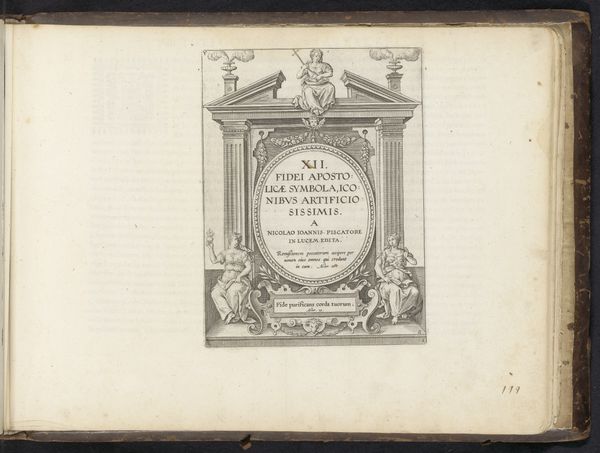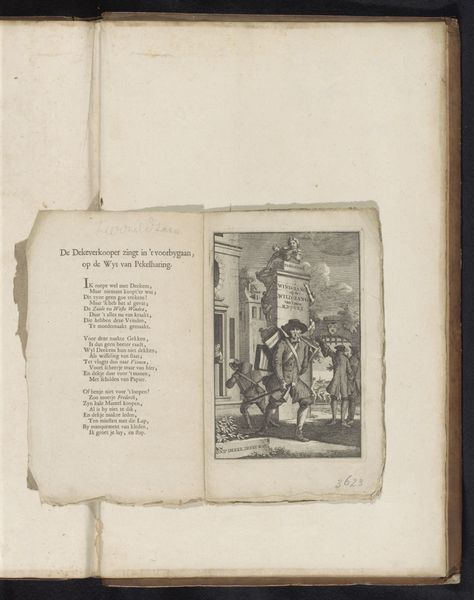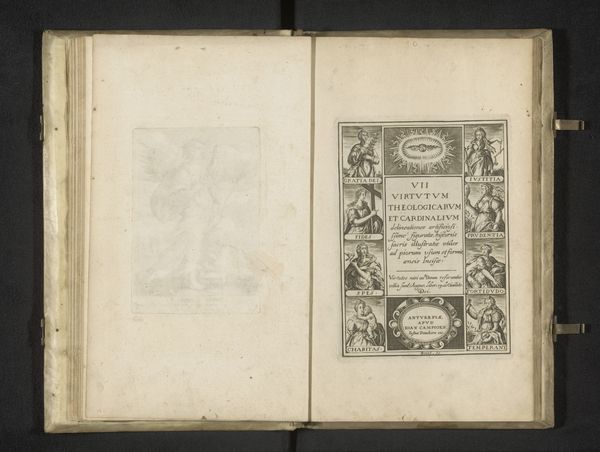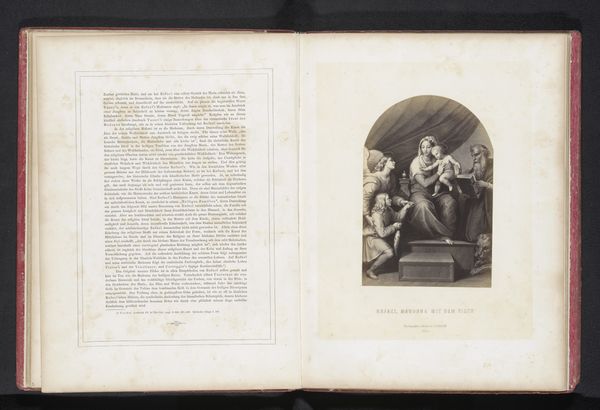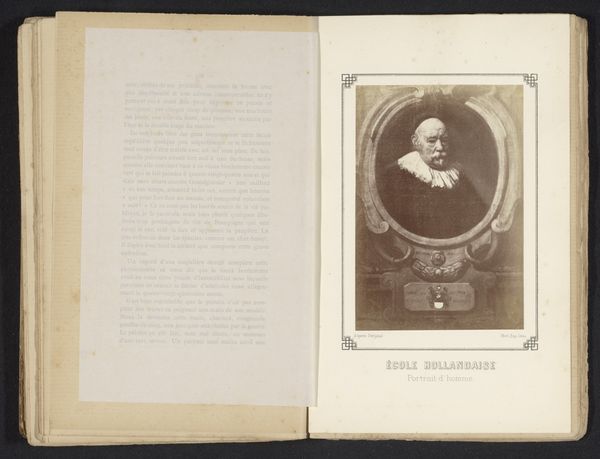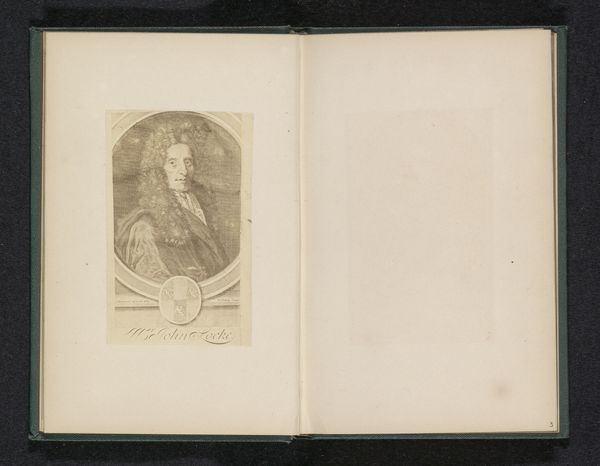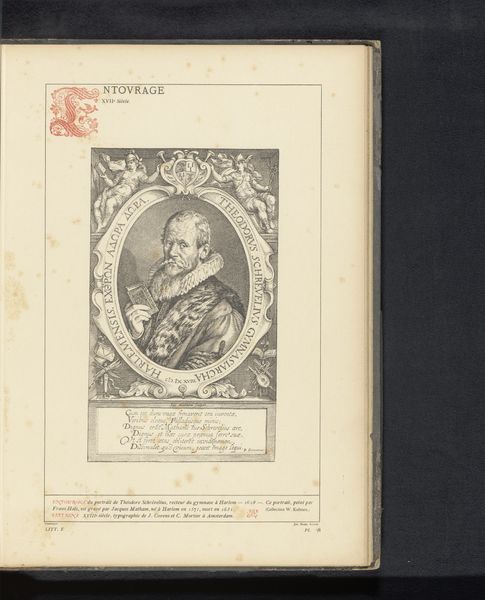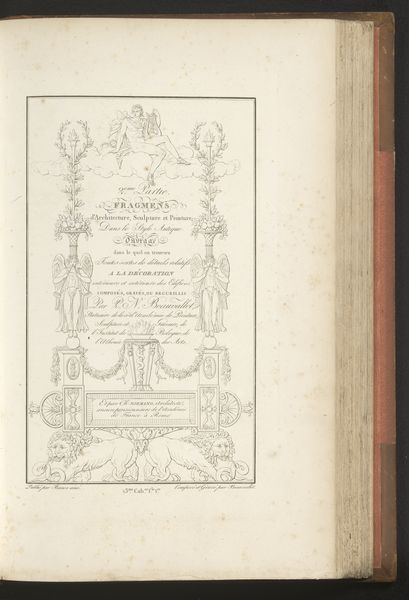
print, engraving
#
portrait
#
narrative-art
# print
#
history-painting
#
academic-art
#
engraving
Dimensions: height 144 mm, width 82 mm
Copyright: Rijks Museum: Open Domain
Curator: This engraving is titled "Fotoreproductie van een portret van John Honey," placing its creation before 1884. We know that the original artist was J. Dryburgh, although the precise materials used in the print are, alas, undocumented. Editor: My initial feeling is one of somber heroism. The neoclassical elements—the oval portrait, the idealized figures in the vignette below—contrast sharply with the depicted drama of the shipwreck. It feels both elevated and intensely human. Curator: Absolutely. It's important to acknowledge the socio-political context of this imagery. These heroic depictions, frequently rendered through history painting and academic art, shaped public perceptions of valor. What readings can we perhaps derive from the work itself? Editor: The portrait itself, set above a visual narrative of rescue, seems to frame Honey's story as one of individual exceptionalism within a broader, brutal scene. There is a certain politics of respectability embedded here. The survivors are largely anonymized. Honey, named below the print, stands apart. Curator: Yes, I also note the medium. The printmaking process, while allowing for broader dissemination, also served to almost immortalize this moment, situating John Honey within the framework of historical memory. What do you observe about the way Dryburgh composed the portrait, technically speaking? Editor: The composition guides the eye upward from the chaotic shipwreck towards the calm, composed face of Honey. It subtly reinforces a message about leadership and sacrifice, values deeply intertwined with class and power at the time. Curator: And thinking about it, that heroism, framed as singular acts of charity, can sometimes overshadow the structural inequalities that contribute to disasters. Focusing exclusively on individual heroism, while commendable, runs the risk of deflecting wider examination of social responsibility and institutional support networks. Editor: So, while ostensibly celebrating a specific act of bravery, it simultaneously underscores existing societal structures, inviting critical engagement. The engraving becomes a vehicle for reflecting on what—and whose—stories we valorize. Curator: Precisely. I appreciate how this piece helps us reconsider our own contemporary biases regarding representations of courage and selflessness. Editor: I'll certainly be contemplating this interplay of historical context and aesthetic framing as I move forward!
Comments
No comments
Be the first to comment and join the conversation on the ultimate creative platform.
